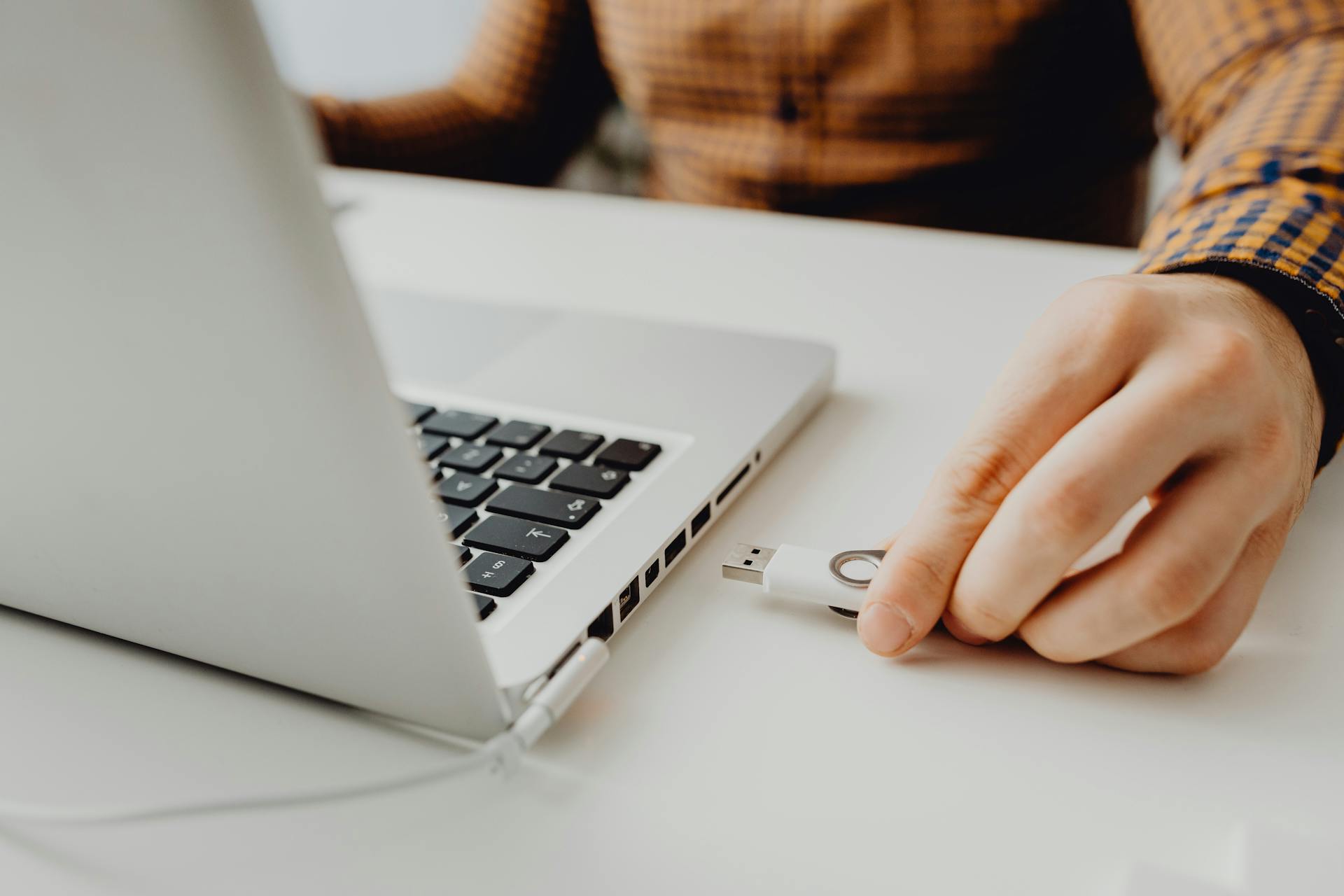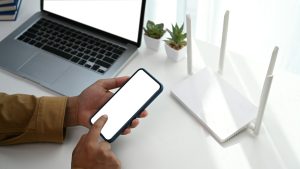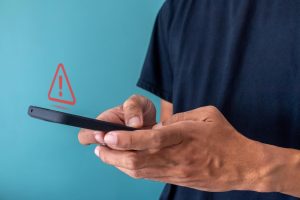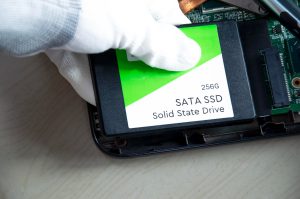USB drives have become one of the easiest ways to carry files around. Whether you’re storing family photos, work-related documents, or music playlists, they offer quick access and portability that fits well into busy routines. They plug into almost any computer or laptop, making them a common tool for students, professionals, and everyday users across Canada.
That’s why it can feel alarming when you plug one in, and nothing happens. A corrupted USB drive doesn’t just mean your documents are at risk. It usually brings a fair mix of stress and wasted time, especially if you don’t know what caused it or how to fix it. The good news is that all might not be lost. With the right steps and some calm thinking, your files may still be recoverable.
Identifying the Signs of a Corrupted USB Drive
Not every issue is obvious from the start. One moment, your USB drive is working as usual. The next, it shows a strange message or doesn’t appear at all. Picking up on the early signs makes a big difference when it comes to protecting your data.
Here are some warning signs to watch for:
– The drive doesn’t show up on your file explorer or device list
– A message pops up saying “Please insert a disk into USB drive”
– Files seem to be missing or have names that appear scrambled
– Odd clicking or beeping sounds come from your computer when the drive is plugged in
– Your system freezes or slows down when the drive is inserted
Corruption usually falls into two types: logical or physical. Logical problems include software-related issues, like a damaged file system or corrupted data. These often come from improper ejection, power failures, or malware. Physical corruption, on the other hand, involves hardware damage, like a cracked connector, water damage, or internal chip faults. Knowing which type you’re dealing with is key, as each requires a different response.
It’s tempting to jump into fixes right away. You might think reformatting or downloading a recovery program will solve it. But if your drive is physically damaged, tinkering with it too much could make things worse. Taking your time and avoiding panic gives you a better shot at recovering what matters.
Initial Steps to Take When You Suspect Corruption
If your USB drive is suddenly unreadable, don’t react too quickly. Some basic steps can help you check if it’s just a temporary glitch or something more serious. The goal at this stage is to avoid further damage and gather clues about the cause.
Here’s what to do right away:
1. Safely remove the drive and try plugging it into a different USB port. Use ports located at the back of your desktop if possible, as they tend to be more reliable.
2. Connect the drive to a different computer, TV, or another device. This helps confirm if the issue is with the USB itself or the original computer.
3. Run a full antivirus scan on your computer before inserting the drive again. Some types of malware hide in USB drive firmware, interrupting both performance and access.
4. Avoid adding or copying any files to the USB. New data can overwrite the old files, reducing the chance of recovery.
5. Don’t format the drive, even if your computer suggests it. Formatting replaces the file system and can make it harder for recovery tools or professionals to retrieve your data.
Let’s say your USB had all the files for an upcoming trip, and now it doesn’t open. Before you reboot or try dragging files around, take a minute. Testing the drive on another device and keeping it untouched is a safer move.
Sometimes, the issue might be something simple, like dust interfering with the connectors or a faulty port. At other times, it hints at deeper damage. Either way, slow and steady steps give you the best outcome.
Software Solutions for Logical Corruption
If your USB drive’s problem is logical, your files may still be on the device. They’re not gone, just hidden behind some software issues. In these cases, data recovery programs could help bring them back.
These tools usually follow a simple process: scanning the drive, locating files, and letting you recover them to a safe location.
Here’s how to get started:
1. Install the recovery software on a different drive, not the corrupted USB. This avoids any changes to the data you hope to recover.
2. Open the program and choose the USB drive from the list of connected devices.
3. Perform a scan. It may take a while, depending on how much data the drive holds.
4. Review the files found during the scan. Many tools allow a quick preview so you can check their quality.
5. Save your recovered files to another device. Don’t store them back on the same USB drive, even if it starts working again.
Be mindful of the software you choose. Some programs only allow previews for free and charge you to recover the files. Others may come with unwanted add-ons or cause further issues.
Never install anything directly onto the damaged USB. Even small processes can overwrite what’s left of your lost files. When it comes to recovery software, caution goes hand in hand with results.
When to Seek Professional Help
If nothing seems to be working, or the USB drive itself is showing physical damage, it’s probably time to consider expert help. Trying to fix a broken device without experience often leads to more trouble.
Here are signs that you should stop experimenting and get support:
– The drive isn’t detected by any other device, even though it’s plugged in properly
– Clicking, buzzing, or heating up occurs when the drive is connected
– The outer shell or connectors are visually damaged or bent
– Recovery tools can’t find or access the drive
– Your system insists on a reformat with no other options
Physical damage calls for special tools and clean environments. Trying to solve the problem at home can turn recoverable data into lost data. Trusted recovery services use the right approach to avoid risk, especially when dealing with irreplaceable files.
Skipping guesswork and getting qualified help means protecting both your time and your info. The process is safer and the outcome more reliable.
Staying Prepared and Preventing Future USB Drive Problems
Once you’ve gone through USB troubles, you’ll want to avoid a repeat. Most USB issues seem random, but several of them can be prevented with a few good habits.
Here’s what you can do:
– Always eject drives properly using your system’s remove function
– Don’t leave USB sticks plugged in all day if they’re not being used
– Keep them away from extreme temperatures or direct sunlight
– Use cases or drive sleeves to reduce damage from bumps or drops
– Keep liquids and food away from your storage devices
Back up your data regularly. Whether that means copying folders to a cloud account or syncing with another external drive, it helps you stay safe if one storage method fails.
Avoid using only one USB to hold everything, especially if it’s work-related. Spread files across a few safe locations. It adds a layer of flexibility and protects against single-drive disasters.
Recovering Data, One Step at a Time
A corrupted USB drive doesn’t always mean the end of the road for your files. Whether you’re prepping for a meeting, heading out on a trip, or just need your family photos back, there’s usually a path forward.
From identifying signs to using safe software, every step matters. It’s all about moving slowly, avoiding panic, and knowing when to call in extra help. When things get tricky, professionals who deal with drive failure every day know what to do.
The key is being patient and not rushing. Your data is valuable, and with the right approach, there’s a good chance it can be returned safely.
If you’re dealing with files you need back after a mistake or corruption, TeraDrive can help you recover them quickly and safely. Learn more about how we can support you with professional USB data recovery you can count on.





